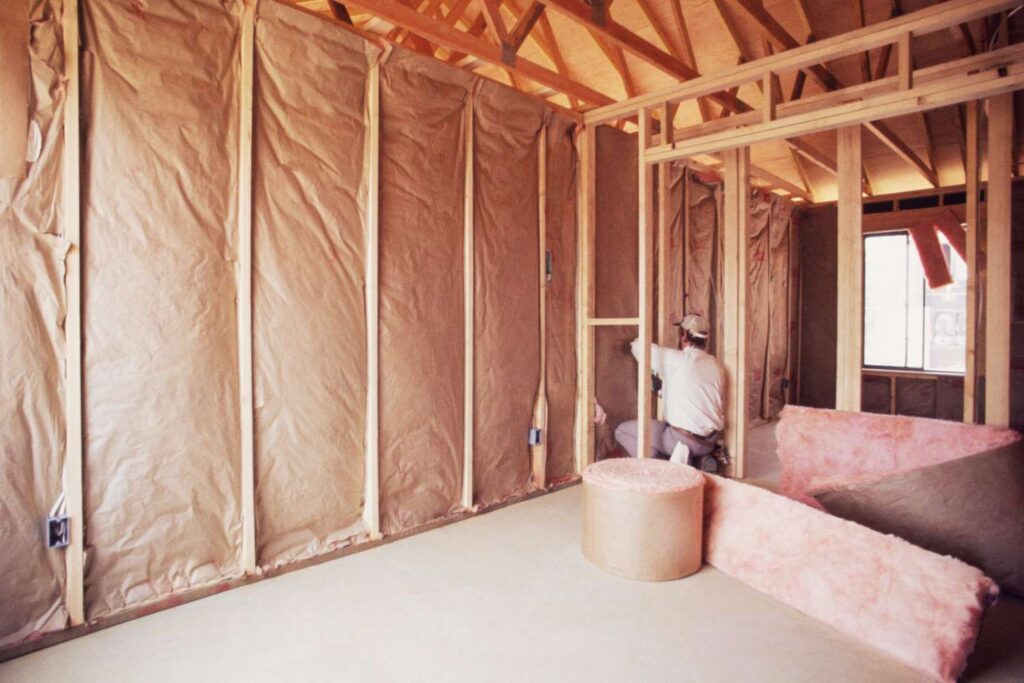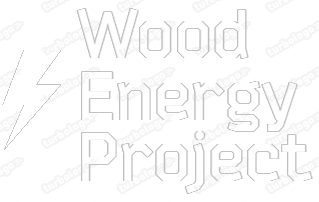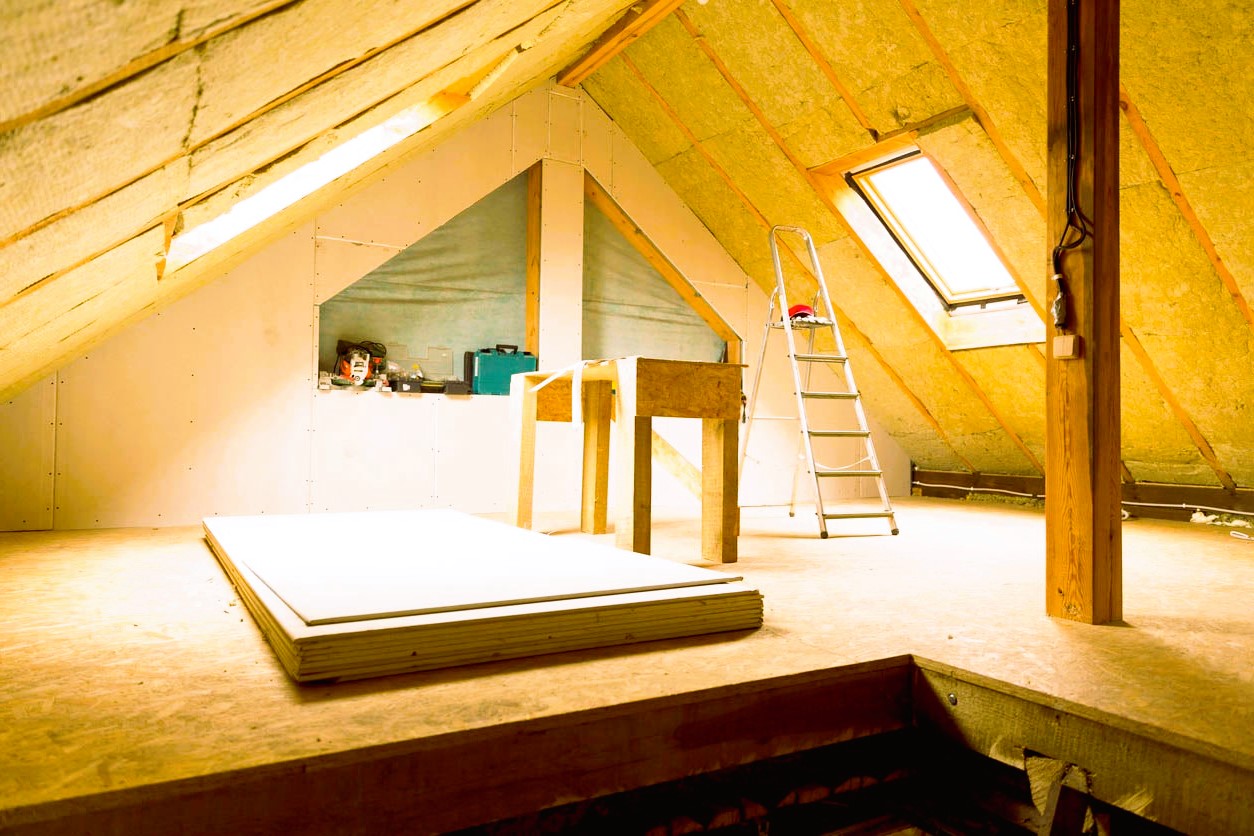Keeping your home properly insulated is essential for energy efficiency and cost savings. While professional insulation services are available, many Canadians are looking for affordable do-it-yourself (DIY) options to improve insulation without breaking the bank. In this article, we will explore several affordable DIY home insulation techniques specifically tailored for Canadian homeowners, helping you create a more comfortable and energy-efficient living environment.
- Weatherstripping
Weatherstripping is a simple and cost-effective method to seal gaps and cracks around doors and windows. Cold air drafts can easily enter through these openings, leading to heat loss and increased energy consumption. By applying weatherstripping materials, such as adhesive-backed foam tape or V-strip, you can create a tight seal, preventing drafts and reducing heat transfer. Weatherstripping is a DIY task that requires minimal tools and provides an immediate improvement in insulation.
- Window Film
Window film is an affordable option to enhance the insulation of your windows. It is a thin, transparent film that can be applied directly to the interior surface of the window. Window film comes in various types, including reflective films and low-emissivity (low-e) films. Reflective films help block heat from the sun during the summer, while low-e films reflect heat back into the room during the winter, improving thermal efficiency. Window film is easy to install and provides an additional layer of insulation, reducing heat loss or gain through the windows.
- Draft Stoppers
Draft stoppers, also known as door snakes or draft excluders, are inexpensive and effective in preventing cold air drafts from entering your home. These long fabric tubes or rolls are placed along the bottom of doors or windows, sealing gaps and preventing heat loss. Draft stoppers can be easily made at home using fabric and filling materials such as rice or sand. They are a quick and affordable DIY solution to improve insulation and increase comfort.
- Insulating Curtains
Insulating curtains are an affordable way to enhance the thermal performance of your windows. These curtains are typically made with heavy, insulating materials such as thermal-backed fabric or quilted layers. Insulating curtains help block cold drafts in the winter and reduce heat gain from the sun during the summer. They create an additional barrier between your home and the outdoor elements, improving energy efficiency and providing cost savings. Installing insulating curtains is a simple DIY project that can be customized to match your decor.
- Attic Insulation

Proper attic insulation is crucial for energy efficiency, especially in Canadian homes. While professional insulation installation may require expertise, there are affordable DIY options for attic insulation. Fiberglass batts or loose-fill insulation can be easily installed between the attic joists or blown in using rented equipment. Adequate attic insulation helps prevent heat loss through the roof and can significantly reduce heating costs. It’s important to follow safety guidelines and wear protective gear when working with insulation materials.
- Outlet and Switch Plate Insulation
Electrical outlets and switch plates can be a source of air leaks and energy loss. Insulating foam gaskets can be installed behind outlet and switch plates to reduce drafts and heat transfer. These foam gaskets are inexpensive and readily available at hardware stores. Simply remove the cover plate, insert the foam gasket, and reattach the cover plate. This simple DIY task helps improve insulation around electrical outlets and switches, minimizing energy loss. Maximizing Home Heating Efficiency: Smart Strategies for Savings.
- Pipe Insulation
Insulating exposed hot water pipes and heating ducts is a cost-effective way to conserve energy and prevent heat loss. Pipe insulation sleeves made of foam or fiberglass can be easily installed around pipes and ducts. Insulating pipes helps maintain hot water temperatures, reducing energy consumption and preventing heat loss in unheated areas such as basements or crawl spaces. It is a DIY project that requires minimal tools and provides long-term energy savings.
Conclusion
Affordable DIY home insulation techniques empower Canadian homeowners to improve energy efficiency and reduce heating and cooling costs. By implementing weatherstripping, window film, draft stoppers, insulating curtains, attic insulation, outlet and switch plate insulation, and pipe insulation, you can make significant strides in creating a more comfortable and energy-efficient living environment. These DIY solutions are accessible, budget-friendly, and can provide substantial cost savings over time. Prioritize insulation projects based on your specific needs and consult with professionals when necessary to ensure safety and effectiveness. Start your DIY journey today and enjoy the benefits of a well-insulated home.

